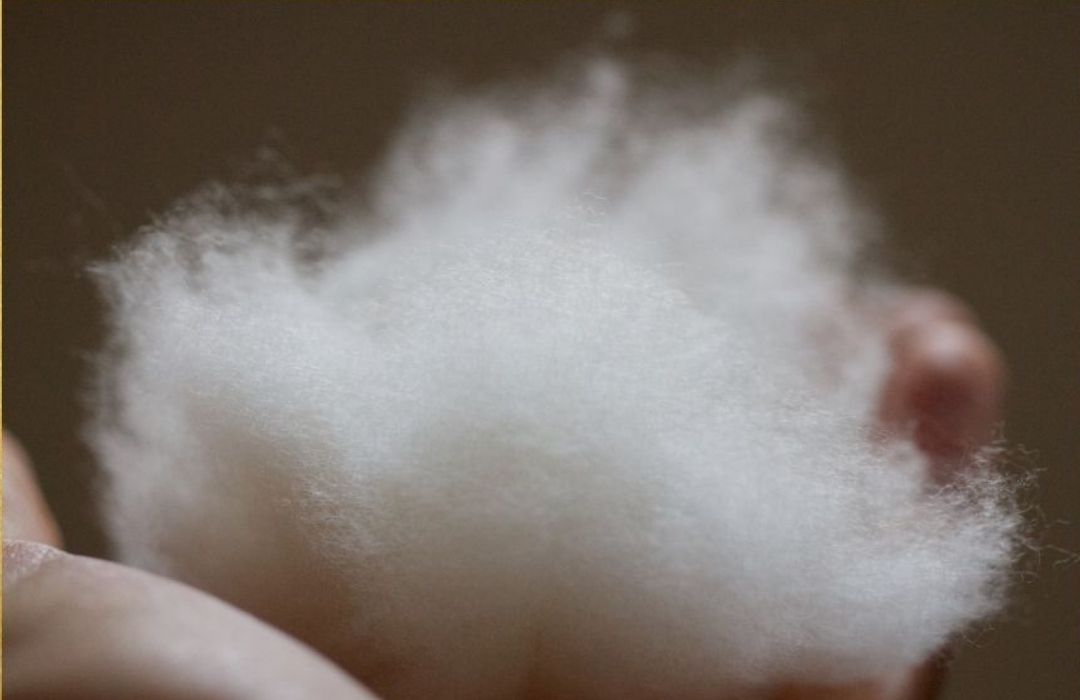What Material Is Cashmere? Understanding Its Unique Characteristics and Uses
Wiki Article
Discover the Allure of Cashmere an All-natural Fiber: Why It's a Must-Have in Your Closet
The allure of cashmere, a high-end all-natural fiber, goes beyond plain looks. Stemming from the Kashmir region, this lightweight yet long lasting product has woven its way into premium style as a result of its unique residential properties and functional appeal. From reviewing its interesting origin to comprehending its production procedure, top quality, and treatment, it deserves exploring why cashmere holds such a special location worldwide of textiles. Discover the sophistication and substance of this fiber as we begin on an expedition of its attraction.
The Origin and History of Cashmere: A Quick Introduction
While lots of may view cashmere as a straightforward high-end, its history is soaked in rich cultural practice. Originating from the Kashmir area in India, cashmere woollen has been generated for countless years. The fiber is obtained from the soft undercoat of cashmere goats, collected during their molting season. As a priceless product, it was traded along the Silk Roadway, coming to be extremely valued in Europe in the 18th century. The name 'cashmere' is an old English derivation of Kashmir. Despite its international popularity, most of cashmere production still stays in Asia, particularly China and Mongolia. This historic journey highlights the social importance of cashmere, transforming it from a regional specialty to a global high-end.Recognizing the Distinct Properties of Cashmere Fiber
While other products may wear down over time, cashmere preserves its top quality, making certain durable wear. Cashmere has a distinct visual allure. Comprehending these residential properties clarifies why cashmere is not just a luxury, but a rewarding financial investment for any closet.

The Refine of Making Cashmere: From Goat to Garment
To appreciate the extravagant properties of cashmere completely, one need to recognize its journey from the raw fiber to the completed product. The process starts with the cashmere goats, mostly found in Mongolia, China, and Iran. The soft undercoat of these goats, harvested during their natural molting period in springtime, provides the raw material. This delicate fiber is after that very carefully divided from the coarser external hair in a labor-intensive procedure recognized as dehairing. The pure cashmere is then dyed, spun into yarn, and finally knitted or woven into the coveted garments. Each action is diligently executed to preserve cashmere's notable warmth, softness, and toughness. This elaborate procedure leads to the development of a really glamorous material.
Decoding the High Quality and Price: Why Is Cashmere so Expensive?
Cashmere stems from the great undercoat of the cashmere goat, with each goat generating a simple 150 grams each year. The handling of raw cashmere requires both time and expertise, with the fibers requiring to be meticulously arranged, cleaned, and rotated. These factors combined make cashmere a pricy yet extremely desired asset in the world of style.Cashmere in vogue: The Versatility and Classic Charm
Despite its high rate, the ageless appeal and convenience of cashmere have strengthened its location in the realm of style. The fiber's distinct appearance, defined by its softness and heat, has come to be associated with deluxe and comfort. Its adaptability prolongs beyond seasonal fads, making it a closet necessary in different forms, from elegant sweaters to chic scarves. The functional nature of cashmere enables its combination right into both informal and official outfit, symbolizing its wide allure. The textile's withstanding popularity over the years proves to its timeless appeal. As fads reoccured, cashmere remains a constant, its attraction undiminished, continuing to influence and shape the fashion sector's landscape.Caring for Your Cashmere: Maintenance and Preservation Tips
Guaranteeing the longevity of cashmere garments needs specific care and focus. These valued belongings ought to not be thrown right into the washing device with regular laundry. Rather, hand cleaning with mild, pH-neutral soap in warm water is encouraged. After washing, they must not be wrung out. Instead, they ought to be delicately pushed between towels to absorb excess cashmere fibre water, then laid level to completely dry. Regular brushing with a cashmere comb can prevent pilling. Saving these things in a great, dry location, ideally in a breathable bag, can safeguard them from moths and moisture (is cashmere a natural fiber). A periodic airing outside, far from direct sunlight, can refresh the fibers. With these maintenance and conservation ideas, one can guarantee their cashmere remains luxuriously soft and sturdy.Final Thought
Cashmere, with its exceptional soft qualities and warmth, offers both high-end and durability. Discover the allure of cashmere and raise your style arsenal.
Report this wiki page